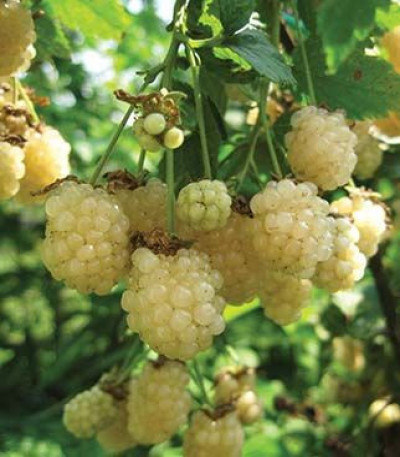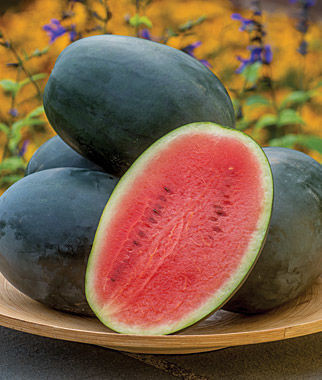


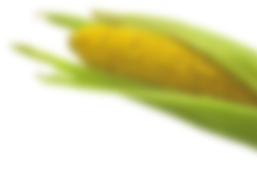
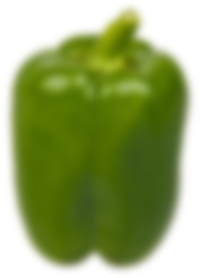
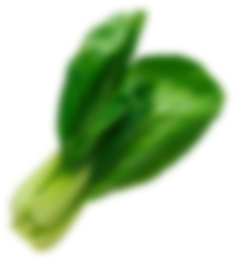
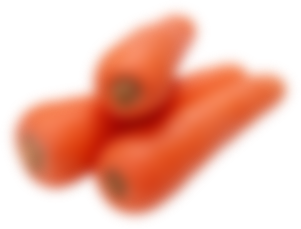
Blackberry, Polar Berry
€22.88
€22.89
(Price per package)
Time for something completely different: this is the only white blackberry on the market! Unique creamy white berries have a classic wild blackberry flavor with just a hint of citrus. Perfect for fresh eating right off the canes as well as jams, preserves and baking. Great for entertaining when mixe
- Gurneys Seeds (Spain)
- Fall, Spring
- Full Sun
- 48 inches
- 6-8 feet
- Perennial
- Shrub
- Blackberries may be planted as bare root or potted plants.
- Choose a well-drained, sunny location with no standing water. Prepare the soil before planting by mixing compost or other organic matter in with the soil. Work the soil deeply.
- Space canes 3 feet apart in rows 6 feet apart. Dig each hole to twice the size of the root mass.
- Plant blackberries 100 feet away from red raspberries.
Planting Bare Root Plants:
- Before planting, trim very long or broken roots.
- Cut back top growth to 6 inches.
- Set roots 1-2 inches deeper than formerly grown.
- Back fill with loose soil. Gently press soil in around the root ball. Transplants need good root-to-soil contact. Do not press too hard because that can cause soil compaction and root damage.
- Gently water around the root ball to settle the soil and drive out air pockets.
- After planting be sure to mark the plants with plant labels so you know where they are and what varieties they are.
- Mulch with 2-3 inches of compost of pine needles to retain moisture and prohibit weed growth.
Planting Potted Plants:
- Set the plant in the hole at the same depth as it was growing in the pot.
- Backfill the hole and press firmly around the base of the planting.
- Water deeply. The water will seal off any air pockets around the root ball.
- After planting be sure to mark the plants with plant labels so you know where they are and what varieties they are.
- Mulch with 2-3 inches of compost of pine needles to retain moisture and prohibit weed growth.
- Keep weeds under control during the growing season. Weeds compete with plants for water, space and nutrients. Control them by either cultivating often or use a mulch to prevent their seeds from germinating.
- Add mulch each year as needed.
- Keep plants well-watered during the growing season, especially during dry spells. Plants need about 1-2 inches of rain per week during the growing season. It's best to water with a drip or trickle system that delivers water at low pressure at the soil level. If you water with overhead sprinklers, water early in the day so the foliage has time to dry off before evening, to minimize disease problems. Keep the soil moist but not saturated.
- In the spring, before leaves sprout, apply a granular fertilizer following the instructions on the label. Most new growth will come from the plant’s crown under the soil. Plants use a lot of energy in spring when growth begins, so do not let plants dry out.
- Remove all wild brambles near cultivated varieties to prevent virus diseases.
- Each year cut to the ground all but 5 or 6 of the most vigorous canes of each plant about 6 inches apart to improve fruit production. Prune these to about 30 inches to encourage lateral branches. They will bear fruit the following year, and should be cut to the ground after harvest.
- Repeat these steps each year:
- Select the most vigorous canes
- Cut them back to 30 inches
- Prune back the previous year’s laterals
- Remove canes after laterals have borne fruit
- NOTE: For Primocane Bearing Blackberries: These bear fruit twice on the same cane. Prune new shoots each year as for standard blackberries. New shoots bear fruit at the tips in fall, and further down on the cane the following spring. Cut back old canes after the second crop is harvested.
- Remove and destroy old canes immediately; rake up and remove fallen leaves and fruit to help prevent fungus diseases. Check with your local Cooperative Extension Service for pest controls recommended for your area.
- Blackberries may not need support when they are properly pruned. To prevent wind damage and to make harvesting easier, canes may be individually tied to two parallel wires strung between posts at either end of the row.
- Fruiting season is in summer: July, August or September. Fruit will not continue to ripen after picking so be sure to wait until fruit is ripe before picking. The fruit will ripen from red to black, but do not pick them as soon as they turn black, wait 3-4 days and pick when the color has a dull appearance. These will be the sweetest fruit. Pick in the morning or evening, when temperatures are coolest.
- Expect to harvest at least twice a week for several weeks.
- Fruit damages easily so handle with care. Store in a shallow container in the fridge as soon as possible after picking.
- Wash blackberries and allow them to dry on a clean paper towel for 10-20 minutes before storing.
- Fresh blackberries last a day or so, but can be frozen or used for preserves.
-
Deborah
Add review
Recently Viewed
© 2019 Vegetable Seeds – Vegetable Seed Store

